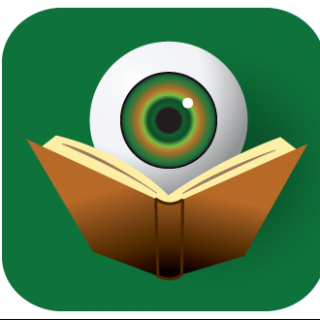Jessica Fellowes is most well-known for writing several companion books for her uncle’s television smash, Downton Abbey, and for her own series of historical mysteries featuring the Mitford sisters. Today marks the release of her first stand-alone domestic suspense work, The Best Friend.
The Best Friend is sure to be a polarizing book, with people either loving it or hating it. Either way, they are going to have strong opinions on this work which takes many risks and dares to shatter some expected tropes. But in reality, that just may be the point of the novel.
Kate and Bella have been friends since they first met at six years old. Jessica Fellowes gives glimpses of their youth by documenting occurrences that happen at six, nine, fourteen, and seventeen. These are times of intense emotion, and these girls forge a bond that proves hard to break. Playdates, school dances, first crushes, and the like abound. The trouble is they are too young to recognize how co-dependent this relationship is and fail to acknowledge how often it falls onto the toxic side.
An incident at seventeen shatters any illusions and the former friends go through a period of separation, only to once again meet at thirty-one. It is here when Jessica Fellowes begins to explore the long-term ramifications of a difficult friendship. Readers will watch as their connection shifts and changes right up until both Kate and Bella are eighty-two years old.
So, why is this so controversial? It honestly has more to do with the way the story is told than the story itself – although that too contains some incidents that may be triggering and problematic for some. In the early sections of the book, Jessica Fellowes uses only dialogue, without any exposition. And that dialogue is presented more in the format of a play rather than traditional fiction format, meaning that at times it can be hard to distinguish which of the two girls is talking. This will discombobulate some readers and does require some effort on the part of those consuming the book, but it will be rewarded with some subtle, unexpected moments of wonder and delight.
Jessica Fellowes has purposefully left most details vague. In many ways, these girls are representative of the “everygirl” and thus readers are not privy to what they look like or much of the defining characteristics we have become accustomed to when reading fiction. What this does do is allow everyone to bring their own idea of who these girls are, or may be, to the dance between author and reader. The same applies for time period and setting. For the story to work, these facts are not necessary, so leaving them out – albeit unusual – really adds to the feeling of unease that ripples just below the surface.
More traditional exposition does enter the storytelling process about mid-way through. The novel works best as a character study and an examination of a toxic friendship. There is some suspense, but that is not the focal point, so readers who need more of that may find themselves disappointed. But for readers who enjoy a deep dive into the psychological aspects of relationships, The Best Friend will satisfy.
The Best Friend is an extremely fast read, but it is also a complex work that seems deceptively simply on the surface. This makes the reader think deeper about the actions taking place and ensures they linger in the memory long after the final page is turned. There is still one more Mitford sisters mystery to arrive in the coming months, but The Best Friend hints at maybe the type of novels we will get from Jessica Fellowes in the future. Whatever she decides to do next, it’s sure to be fascinating and entertaining.

BUY LINKS: The Best Friend by Jessica Fellowes
Disclaimer: An e-galley of this title was provided to BOLO Books by the publisher. No promotion was promised and the above is an unbiased review of the novel.
